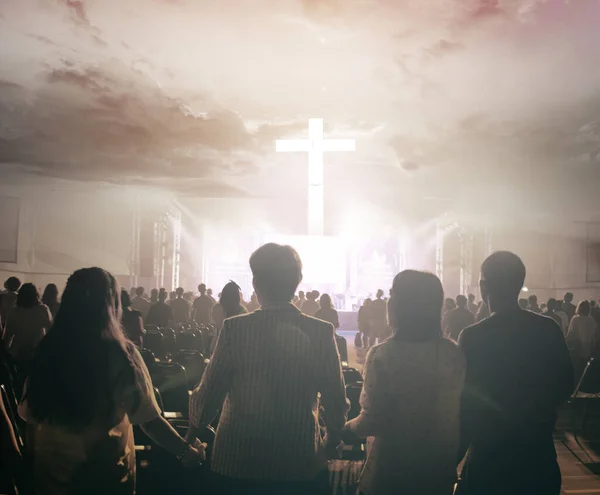
It’s not very often that society’s youngest adults go against the cultural script, but ripples spread far when that happens. Western Christianity’s prevailing script for decades has been that to remain relevant, it needed to modernize mellow moralistic approaches, adopt cultural trends, and relax lines of theology. However, emerging evidence indicates that Gen Z is heading the other way, going for depth, commitment, and tradition rather than accommodation.
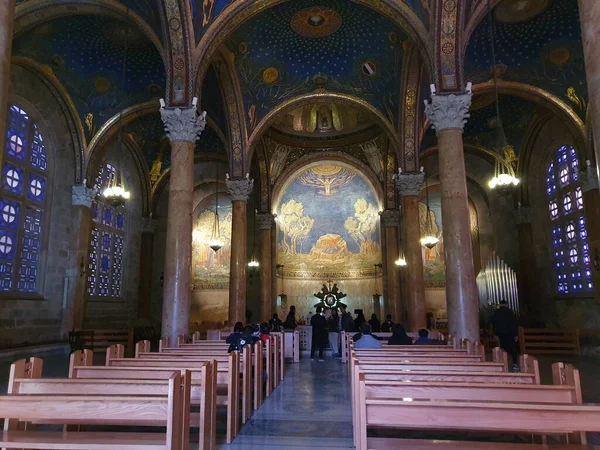
1. The End of Progressive Christianity
Mainline Protestantism’s fall from the 1960s is a cautionary example. The United Methodist Church, Episcopal Church, and Presbyterian Church (USA) all embraced theological liberalism and cultural compromise, swapping transcendence for politics bereft of repentance. W.R. Inge foresaw this with the saying, “If you marry the spirit of your own generation, you will be a widow in the next.” The result has been an astronomical loss of membership, with some mainline denominations losing over half their members in the last 70 years and now struggling to remain relevant.
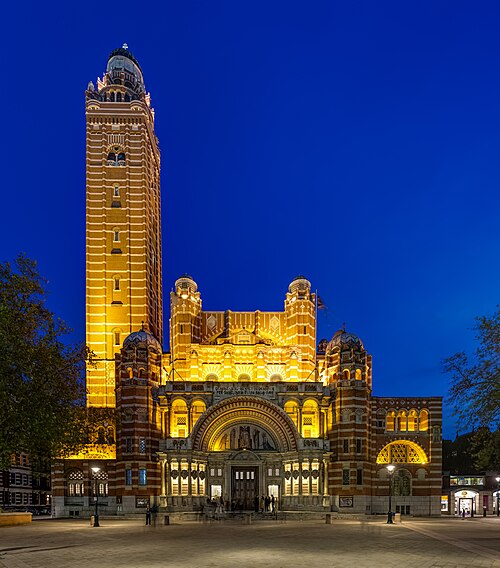
2. Tradition Appeal in the UK
In Britain, Catholicism is going through a historic boom. Catholics now outnumber Anglicans for the first time since the Reformation, with 41% identifying as Catholic and 20% Anglican. Young adults such as Dan Williamson speak of the Church as “deeper and ancient and more rich,” and Joshua Steel explains, “I found Christ. I found a great sense of peace that I can’t find anywhere else.” The trend went fast-tracked following the election of the first female Archbishop of Canterbury and the consequent break-up of Anglican unity.
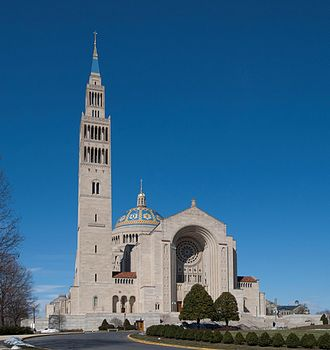
3. A U.S. Surge in Catholic Converts
United States dioceses are registering year-to-year increases among converts of 30%, 40%, 70%. The Fort Worth diocese surged 72% from 2023 to 2024. Converts cite the solidity of Catholic doctrine, the appeal of the sacraments, and the decisiveness of a church that continues to believe what it says. Many are millennials weary of doctrinal hedging and thirsty for a religion that speaks with authority.
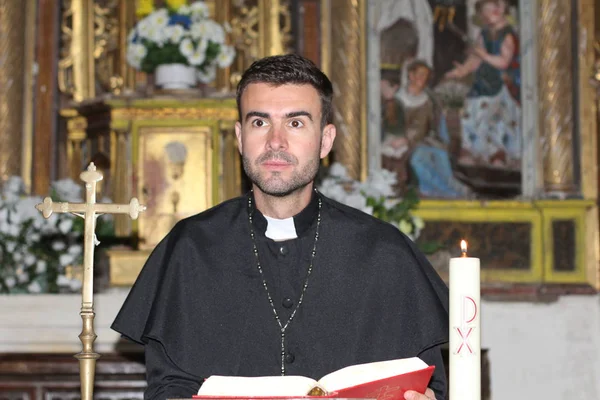
4. The Rise of Orthodox and Conservative Priests
Generational divides among priests are extreme. The National Study of Catholic Priests revealed that priests ordained since 2010 are progressive only 8% of the time, yet over 70% are conservative or orthodox. Young clergy are more concerned with adoration for the Eucharist and the Traditional Latin Mass than are older clergy, and are attuned with the intuitions of junior laity. When these priests come to power, the future direction the Church goes will be dictated accordingly.

5. Psychological Motives for the Change
Gen Z faces higher rates of anxiety and depression than any previous generation. Traditional denominations offer stability in worship and theology, providing a “solid rock” for those navigating uncertainty. As Richard Ackerman of Redeemed Zoomer notes, “They’re craving a solid rock of truth and tradition and morality.” The discipline and structure of traditional worship whether Catholic, Orthodox, or Reformed, these traditions resonate deeply with those seeking order in a chaotic world.
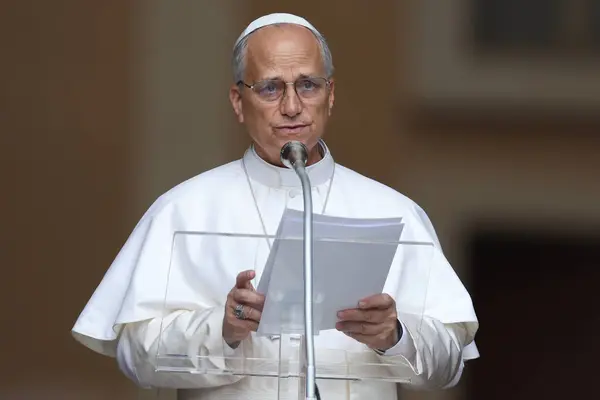
6. The Digital Evangelism Role
Social media has become a surprising catalyst for this revival. Influencers like Sister Albertine in France, with hundreds of thousands of followers, present faith in relatable, accessible ways. Pope Leo XIV has embraced these “digital missionaries,” telling them, “He asks us to weave other nets: networks of relationships, of love.” Online debates, catechesis videos, and liturgical livestreams have introduced countless young adults to traditions they might never have encountered in person.
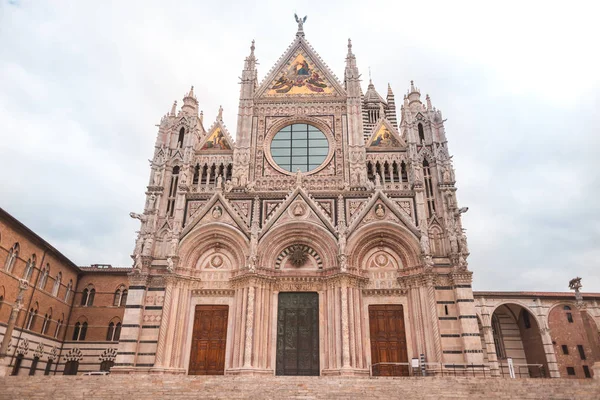
7. Revival Cycles Through the Past
This isn’t the first time Western Christianity has seen a swing back to orthodoxy. A century ago, figures like J. Gresham Machen warned that religious liberalism was not simply another form of Christianity but a different religion altogether. His critique proved prescient as modernist optimism failed to deliver the promised moral utopia. Today’s revival echoes past renewals, rooted in the belief that conviction not compromise preserves the faith.
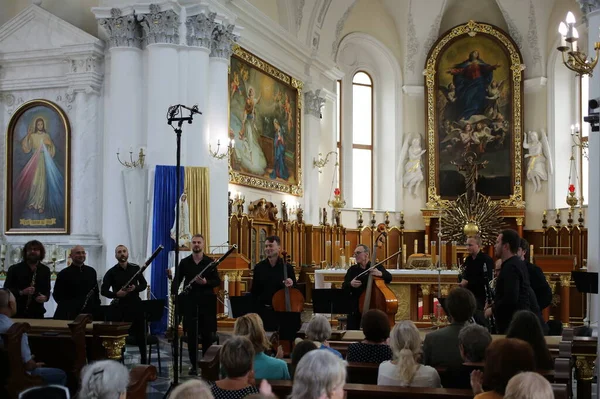
8. Worship Preferences and Gender Patterns
New data indicates a gendered aspect to the worship preferences of Gen Z. Men are drawn to classical liturgy for its formality and regularity, whereas many women respond to the focus on individual sincerity found in contemporary Christian music. Though these patterns threaten to develop separate worship cultures, these also offer the potential for churches to combine tradition and closeness, power and communion, to bind, not divide.
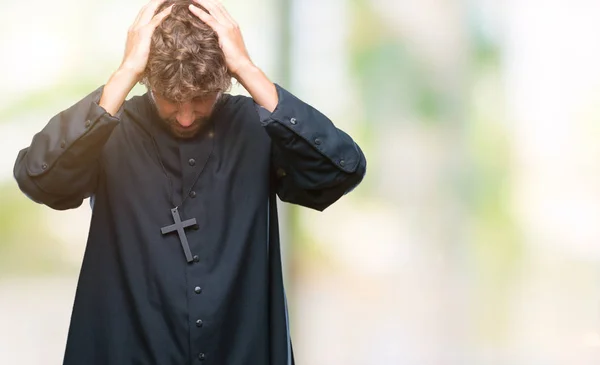
9. The Obstacles to the Young Ministers
In spite of their enthusiasm, junior priests are more likely to report loneliness and burnout, with 45% experiencing an overload with responsibilities outside the priestlyocation. When senior clergy retire, these junior leaders will bear the increasing load, This has implications for sustainability in ministry. The congruence between their values and those among the junior laity is encouraging, but structural reinforcement will be critical.
This emerging trend toward classical Christianity among Gen Z is more than nostalgia; it is a yearning for meaning, beauty, and truth in an era of change. On continents, from London to Texas, the young are rediscovering that religion built on deep convictions is still powerful to change hearts and society.


